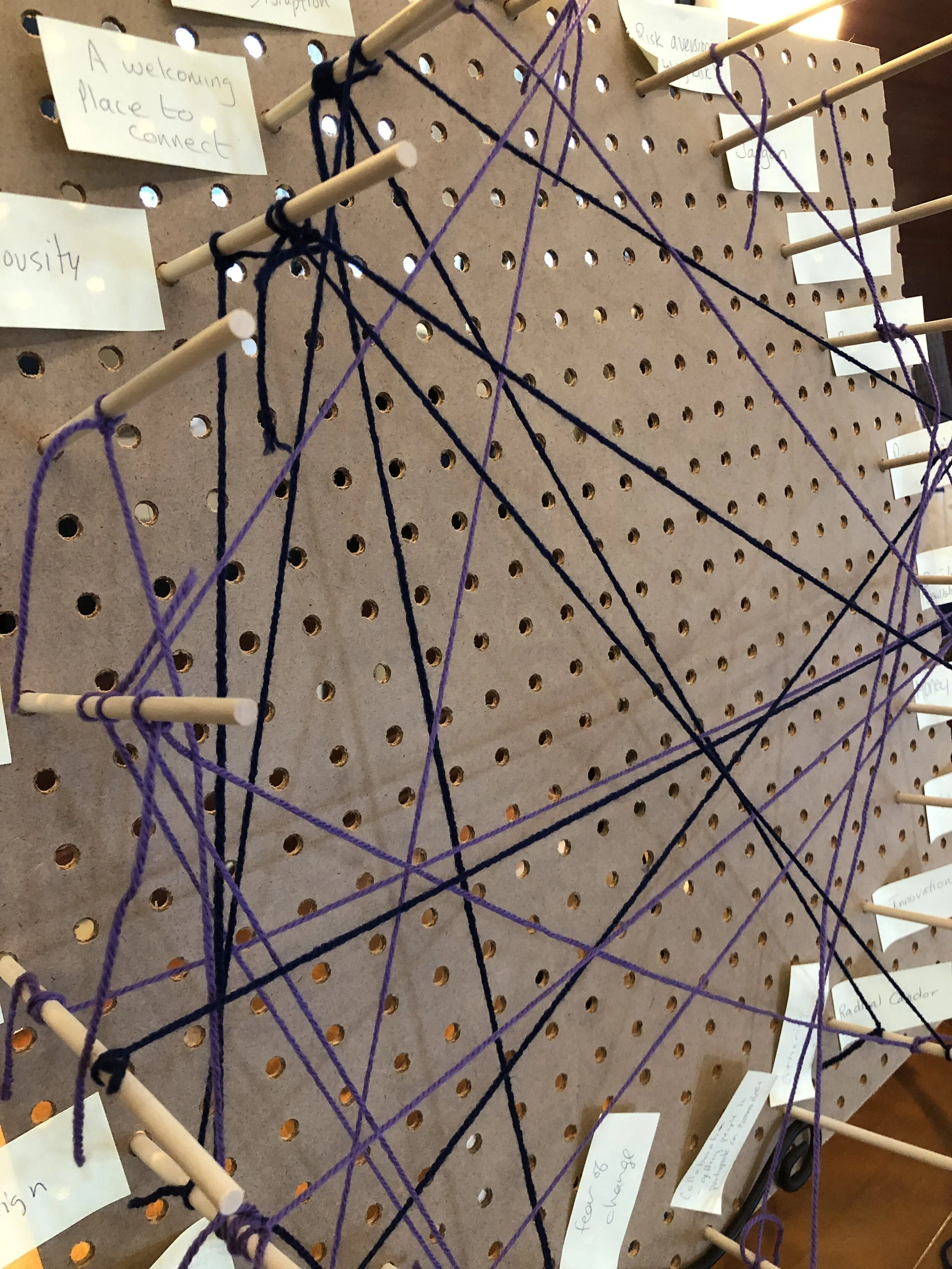written by Elise Martinoski
While attending the Alberta Healthy Communities Symposium I was fortunate enough to gather stories related to folks’ biggest barriers and enablers of change in their work. The Alberta Recreation and Parks Association provided a fantastic synopsis of what the symposium was all about:
The Alberta Healthy Communities Symposium (AHCS), sponsored by Alberta Blue Cross, will offer opportunities to network and build upon current community resources and programs while providing tangible ways to grow your community's future. Community ChooseWell celebrates that our communities come from diverse backgrounds, so whether your work aims to influence grassroots, organizational, or systems level change, the symposium will have inspiring content for all!
The symposium itself was a great hit from what I could tell, with numerous people stopping at my table to tell me how amazing the session they were just coming from was or how inspiring the keynote speaker was. This group of folks were friendly, chatty, and engaged with the symposium as well as with those of us behind the tables. They were eager to share stories with me about where they work and what they do, which I was very happy about as I was there to gather said stories!
To gather these stories I had a blank board with pegs attached to it forming a circle and a blank sticky note next to each peg. I asked changemakers who stopped by my table to identify their top two barriers and top two enablers of change in their work by writing each one on a blank sticky note. Then I asked them to connect their two biggest barriers with a purple string and their two biggest enablers with a blue string. The hope was that by the end of the day we would have a web of connections that would tell us a story about those in attendance that day, and the challenges and enablers they face in addressing complex community challenges.
Here’s what the board looked like once people started sharing their answers:
Here is a breakdown of the enablers and barriers that were identified, along with how many people identified them as either a barrier, enabler, or both:
Pegs with only “enabler” strings were:
Pegs with only “barrier” strings were:
Pegs with both enabler and barrier strings were:
Pegs that did not receive any votes but were identified as either a barrier or enabler of change were:
Leadership
Innovation
Othering
Depending on how vague the content on the sticky note was led it to be identified as only a barrier or enabler, or both. I intentionally asked folks to write these sticky notes more vague than specific to show that one person’s enabler may be another person's barrier.
The responses on the board weaved an intricate tale about working in the community health & well-being sector. There were 23 different barriers and enablers identified on this board and with all these possible connections only two connections were identical.
The story this tells me about the health sector is that although these folks are working within the realm of ‘health,’ their work differs so much to the point that of the 23 responses given, only 2 have the same barriers they are trying to move and enablers they are using to do so. This emphasizes to me the importance of patience, empathy, and understanding towards others and their work. We’re all trying to move mountains, to make positive change, and most of the time this takes a while. In a society that demands instant gratification it can be frustrating to have to wait for things. In those times of frustration it’s empathy we need to understand that everyone is working on breaking down their barriers the same way we may be working on breaking down our own barriers. The fact that of the 23 answers only two of them matched really points to how complex and context-specific the work of health and wellness champions can be, and how important it is to generate solutions that account for the unique systems we work within and challenges and opportunities we face.
To increase this awareness around the barriers and enablers we use and are facing in our work, I challenge you to think about your own barriers and enablers and then ask your neighbour or a colleague what theirs are to see the ways in which they differ or are perhaps the same. Even though this may not be new news to you, it’s important to be reminded of using empathy in virtually every interaction we have with others.
This post was written by Elise Martinoski, ABSI Connect’s Information Designer. Read her full bio on our website here.





